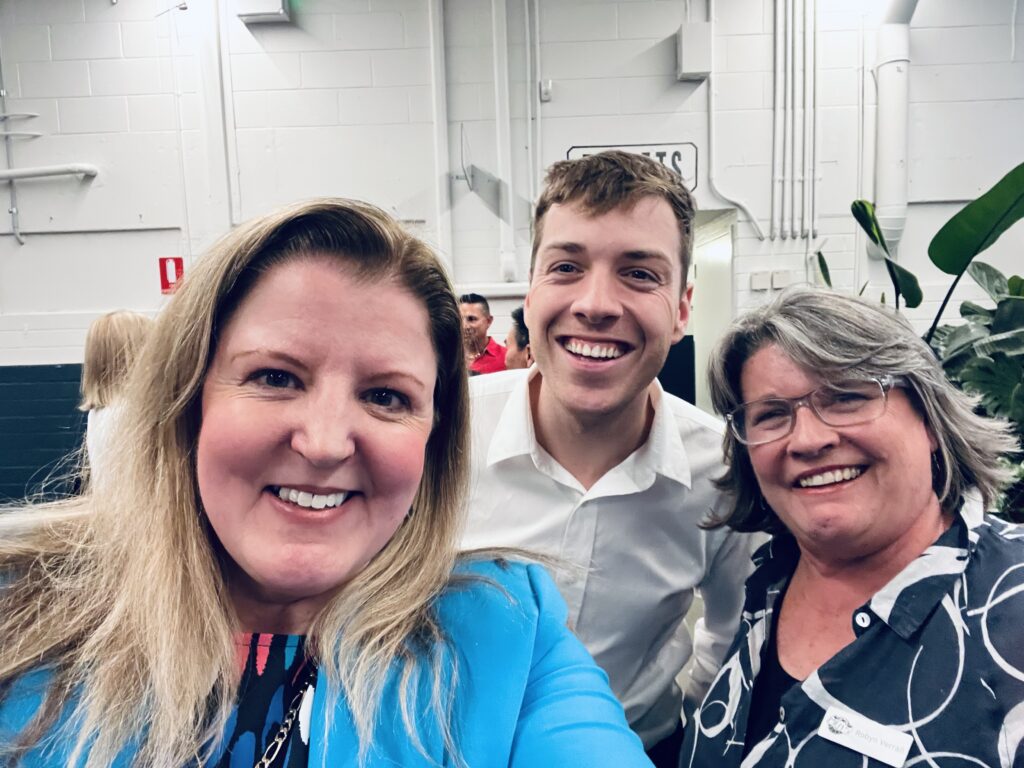Creating vibrant Communities of Practice (CoPs) that evolve into Communities of Innovation requires an understanding of their foundational elements and a commitment to fostering an environment where every member can contribute, participate, and innovate.
Drawing from "A Guide to Managing Knowledge: Cultivating Communities of Practice" by Etienne Wenger, Richard McDermott, and William M. Snyder, this post explores how CoPs can transform into thriving ecosystems of innovation by focusing on their three core parts: domain, community, and practice.
There is an emphasis on the egalitarian nature of these communities, where rules are developed internally rather than imposed externally and from above, highlighting the role of CoPs in empowering members to contribute as much or as little as they want, in an environment not driven from the top by facilitators, but nurtured by the community itself.
There are 3 important components to a Community of Practice that hold equal weight:
Domain: The Shared Interest
The domain of a CoP defines its focus and identity. It is the shared interest that brings individuals together, encouraging them to contribute and innovate. For a CoP transitioning into a Community of Innovation, the domain must be relevant and challenging enough to inspire creativity and commitment. This does not mean the domain is static; as members engage and explore, the domain itself can evolve, reflecting the growing knowledge and emerging interests of the community. It is not define by an authority, is it discussed an shaped by the core community members.
Community: The Collective Engagement
The essence of a CoP lies in the community - the network of individuals who interact, share experiences, and learn from each other. This collective engagement is crucial for transforming a CoP into a Community of Innovation. It is here that the egalitarian nature of CoPs shines, as the community develops its own rules and governance structures, promoting a sense of ownership and commitment among its members. The community aspect emphasises participation and sharing over hierarchy, enabling all members, regardless of their formal position or level of expertise, to contribute ideas, challenge assumptions, and drive innovation.
Practice: The Repository of Knowledge
The practice of a CoP encompasses the shared resources, tools, information, and experiences that members develop and maintain together. These artifacts represent the collective knowledge of the community and serve as a foundation for innovation. By collaboratively creating and refining these resources, members not only preserve the community's accumulated wisdom but also set the stage for future innovations. The community often agrees to work on something together as a shared artifact.
Cultivating Innovation Through Participation
The transition from a CoP to a Community of Innovation hinges on fostering an environment that encourages participation and values every contribution. This approach was evident in initiatives like "Reframing the Future" in Australia, which emphasises collaborative learning and innovation in Vocational Education and Training (VET).
Similarly, Wendy Perry's work and the achievements of Workforce BluePrint and Switch Start Scale demonstrate how embracing the principles of CoPs can lead to significant advancements in workforce development and education, industry and regional development, both in Australia and internationally.
By prioritising the development of internal rules and governance, CoPs empower members to take ownership of their learning and innovation processes. This bottom-up approach ensures that the community remains responsive to the needs and interests of its members, fostering an environment where innovation can flourish.
Communities of Practice that transform into Communities of Innovation embody the principles of shared domain, collective engagement, and collaborative practice. By emphasising an egalitarian approach where members drive the community's development and innovation, CoPs can become powerful incubators for new ideas and practices.
Through practical examples by "Reframing the Future," Wendy Perry's contributions, and Workforce BluePrint's successes, see the potential of CoPs to inspire change and innovation across various domains. By nurturing these communities, you can cultivate environments where learning, sharing, and innovation are not just encouraged but are the very foundation of the community's identity.

